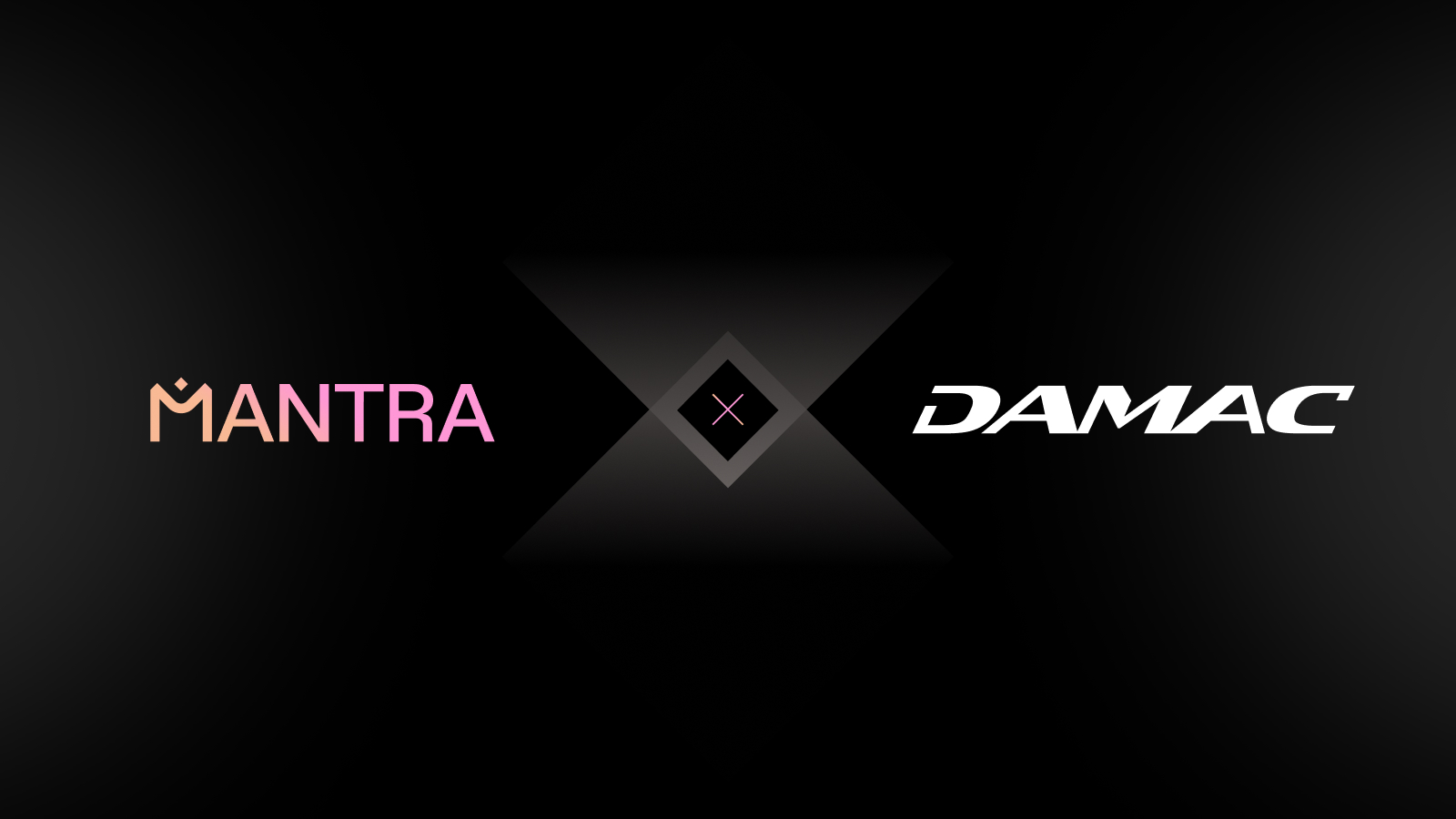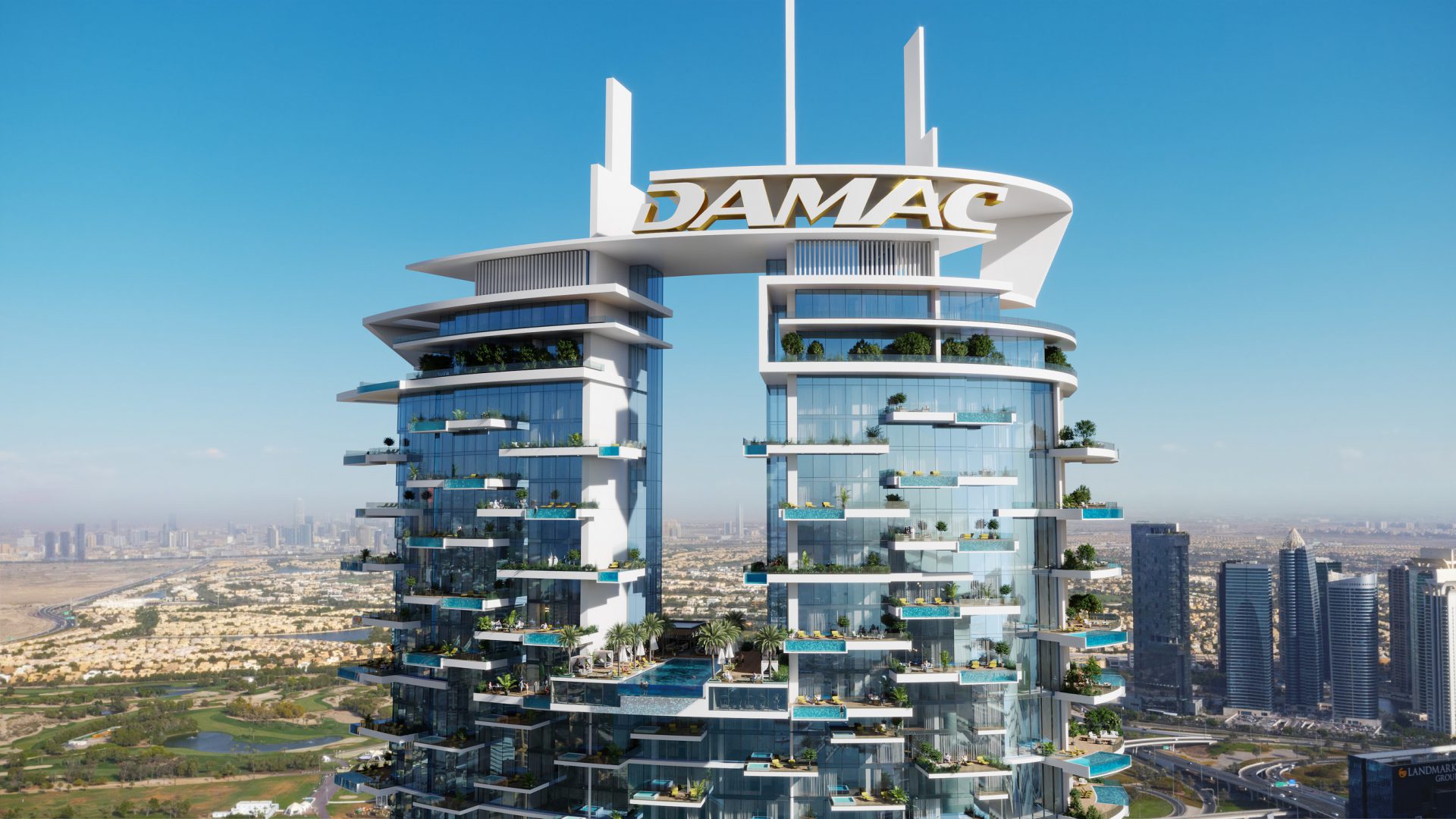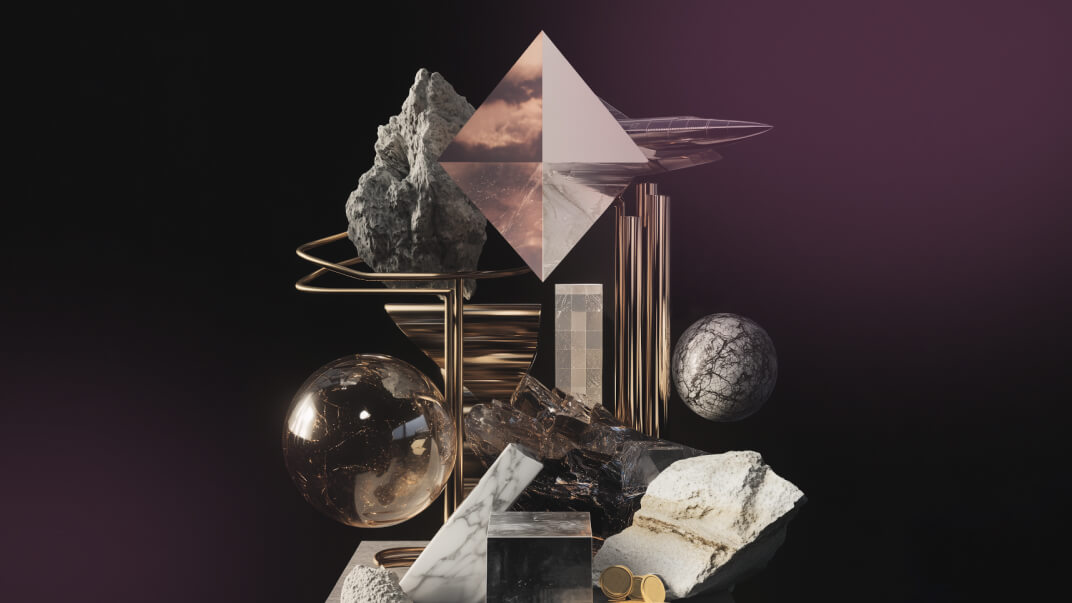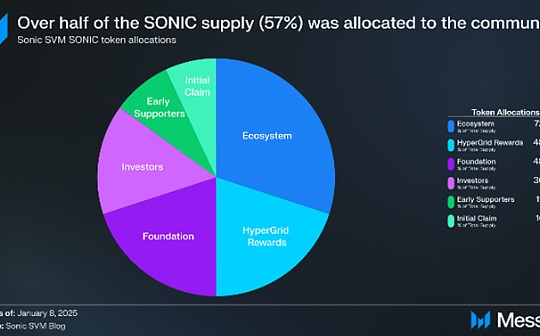It has increased 64 times in one year. What actions will RWA track L1 project MANTRA take?

Reprinted from panewslab
01/13/2025·0months ago
Author: Weilin, PANews
On January 9, MANTRA, a blockchain Layer 1 project for tokenizing real-world assets (RWA), announced that it had reached an agreement with DAMAC Group, a Dubai-based real estate group, and planned to tokenize at least US$1 billion of the group’s assets in the UAE. Monetization.
On the RWA track, MANTRA (OM) has been making frequent moves in the past year. It will be launched on the main network in October 2024, and then the token will see a significant increase. According to CoinGecko data, from January 1 to December 25, 2024, MANTRA (OM) increased by 6418.3% throughout the year, with the price rising from US$0.0584 on January 1 to US$3.81 on December 25, becoming the performance of 2024 The best RWA investment project.
The Middle East has become a business focus, and US$1 billion in assets
will be tokenized here
John Mullin, co-founder and CEO of MANTRA, told the outside world that DAMAC’s support “is a huge vote of confidence in the future of RWA tokenization.”
DAMAC is a well-known real estate developer owned by the Hussain Sajwani family headquartered in the United Arab Emirates. The group's investments are divided into seven core areas: real estate, capital markets, hotels and resorts, manufacturing, restaurants, high-end fashion and data centers. Some of the DAMAC Group's most notable entities include DAMAC Properties. DAMAC has acquired Italian fashion brand Roberto Cavalli and Swiss luxury jewelry brand de GRISOGONO. and develops DAMAC Towers Nine Elms, a 50-story development in London and a luxury resort in the Maldives.
According to reports from The Guardian and the Associated Press, founder Hussain Sajwani is a close friend and partner of Trump. According to a report by CNBC, US President-elect Trump recently announced that Emirati billionaire Hussain Sajwani has committed at least US$20 billion in foreign investment to build new data centers in the United States.
This time, the new agreement between the two parties aims to provide token-based financing for DAMAC’s portfolio companies, covering the real estate, hospitality and data center sectors. This collaboration will increase investment accessibility and streamline the process, with tokenization of these assets expected to begin in early 2025.
Currently, MANTRA has operations in Hong Kong, Singapore and several other regions, with its main operational focus being in the Middle East, especially Dubai.
Last year, MANTRA also reached an agreement with developer MAG Property Development to tokenize real estate assets with a total value of $500 million, with the first project starting with a residential project in Dubai.
Additionally, MANTRA has signed a memorandum of understanding (MOU) with Zand Bank, a digital bank authorized by the Central Bank of the UAE. The collaboration between the two entities will focus on developing a framework to support the tokenization and distribution of RWA and will comply with Regulations of Dubai Virtual Assets Regulatory Authority (VARA).

Answer sheet for 2024: 11 million in financing, mainnet online, multiple
new cooperations
Judging from the official annual review, MANTRA will be very dynamic in 2024. As early as March 2024, MANTRA completed US$11 million in financing, led by Shorooq Partners. Two months later, MANTRA received strategic investment from Laser Digital, a digital asset subsidiary of Nomura Securities.
Currently, MANTRA has developed a RWA suite, including digital identity (DID), compliance system MANTRA Guard, token management system MTS, decentralized exchange (DEX) and Liquidity Efficient Emission Protocol (LEEP). These modules work together to enable RWA tokenized assets to be effectively managed and moved within a compliance framework.
Among them, the comprehensive module MANTRA Token Service (MTS) allows the creation, management and control of tokenized assets on the MANTRA Chain. Key features include: token factory, configurable workflows, admin permissions, comprehensive token management (minting, destruction, seizure, freezing, distribution), built-in functionality, jurisdictional compliance, and banking module integration.
MANTRA DEX (Decentralized Exchange) introduces a protocol-layer liquidity pool system that forms the core of the platform’s decentralized finance (DeFi), creating a permissionless environment that provides blockchain-integrated liquidity, featuring Set up a whitelist liquidity pool to operate as a standard automated market maker (AMM) exchange mechanism.
MANTRA LEEP (Liquidity Efficient Emission Protocol) is currently in development to address the liquidity shortage prevalent in the crypto market, particularly for assets outside of top cryptocurrencies such as Bitcoin and Ethereum. LEEP aims to solve the problem of providing liquidity for tokenized real-world assets, as these assets are often illiquid even in traditional markets.
The MANTRA mainnet will be launched on October 23, 2024. Users are able to perform several important activities, including: bridging OM tokens from ERC-20 to MANTRA mainnet tokens to gain access to future RWA tokens; users can stake OM to help secure the network and receive on-chain staking rewards ; OM will become an important part of RWA ledger; KARMA can be earned by completing new tasks on the mainnet.

Claims to be still in the first stage of bringing high-quality assets to
the chain
MANTRA CEO Mullin told X Space last year that the project aims to become a ledger of record for asset issuance, or RWA.
He said: “For mass adoption of RWA, whether in the retail market or at a broader market level, we need a public blockchain that is compatible with the broader DeFi ecosystem. At the same time, we have built a permissionless one at MANTRA layer that allows asset issuers, tokenization platforms and regulated trading venues to issue, distribute and manage RWA easily, simply and compliantly.”
He also mentioned MANTRA’s work in expanding its DApp ecosystem, which includes secondary markets, a soon-to-be licensed on-chain RWA liquidity center – Omega, and working with various DeFi providers on lending, borrowing and splitting real estate. Product cooperation. He also mentioned exploration in private credit, payments and carbon credits.
Looking ahead, Mullin outlined a three-phase approach to developing the RWA space: “Right now, we are in the first phase, focusing on the supply side, bringing high-quality assets to the chain. The second phase will focus on liquidity and secondary markets venue, while the final phase will unlock RWA’s composability, enabling its use in different DeFi applications.”
MANTRA led by him has an ambitious plan: “I hope that by the end of 2026, we can reach $100 billion in RWA TVL. At the moment, we are really teaching people how to operate on the chain one by one, which is very slow. But We're really attracting new money, new capital, and people who have never done it before, and that's a very powerful thing that over time will create a snowball effect that will ultimately take us to the top of RWA. location. But it will take time.”
Overall, MANTRA’s cooperation with DAMAC marks the further application of blockchain technology in the tokenized real estate field in the Middle East and also provides new opportunities for the RWA track. As MANTRA continues to expand in the RWA field, this project may have demonstrated strength that cannot be underestimated. Can MANTRA become the leader in RWA? PANews will pay close attention to the follow-up.

 jinse
jinse